Homesteading, the practice of self-sufficiency and subsistence agriculture, is fundamentally an act of pursuing personal freedoms—the freedom to grow your own food, provide for yourself, and live according to your values.
Here at O’Mara Acres, one of our primary reasons for homesteading was the freedom to live life on our own terms: growing our food, no HOA, living a rural life, and providing for ourselves. We were seeking greater self-reliance, living with the land, and time spent living a meaningful life. This pursuit of freedom through homesteading, a path walked by generations before us, continues to attract those yearning for a more independent and self-reliant lifestyle.
In this post, we’ll explore how homesteading embodies the spirit of freedom and independence. We’ll take a look at the historical roots of homesteading in American history, then examine how today’s Modern Homesteaders practice freedom in their own lives.
So, whether you’re a long-time homesteader, just starting a homestead, or seeking a more independent lifestyle, join us as we delve into the many ways that homesteading gives freedom to us all.
Let’s explore freedom through homesteading.
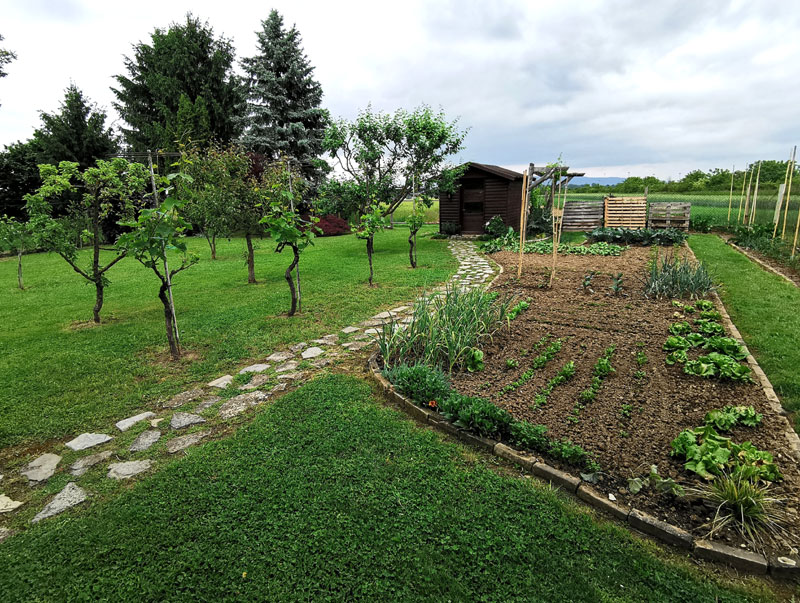
Table of Contents
- A Brief History of American Freedom and Homesteading
- Modern Perspectives on Freedom and Homesteading
- Food Independence
- Energy Autonomy
- Financial Freedom
- Personal Freedom
- Conclusion
- Resources
A Brief History of American Freedom and Homesteading
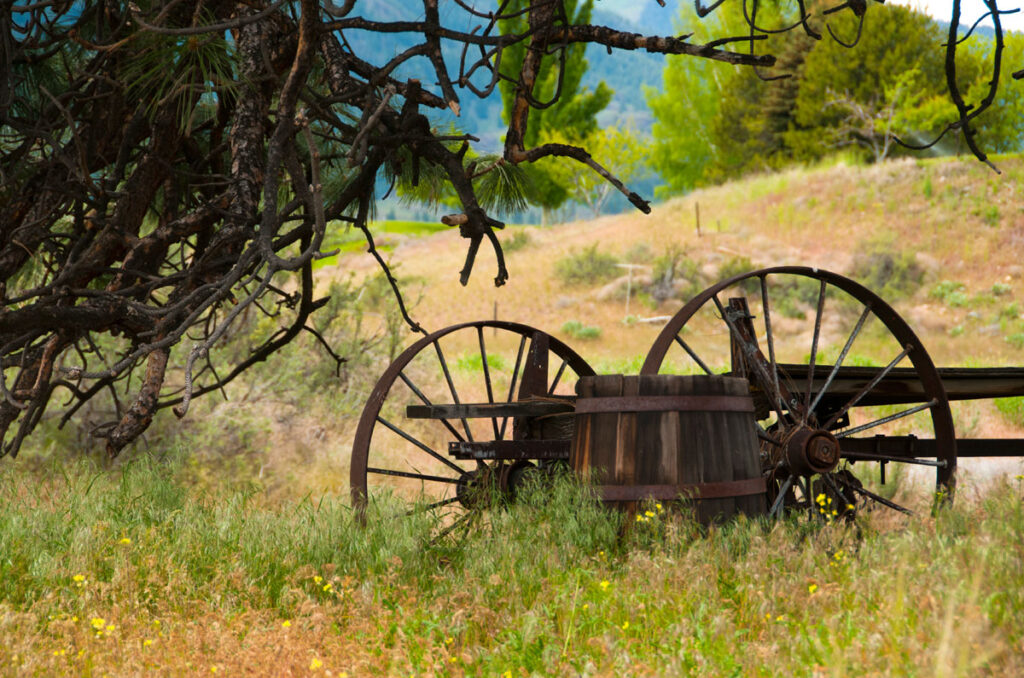
The concept of homesteading as a path to freedom is deeply rooted in American history. During the development of the country several Homestead Acts were put into law, allowing ownership of land and self-determination.
The most notable act, the Homestead Act of 1862 embodied the idea that land ownership could provide individuals with independence and self-sufficiency. This legislation allowed citizens to claim 160 acres of surveyed government land, which they could own outright after living on and improving the property for five years. This opportunity drew millions of Americans and immigrants westward, seeking the freedom to build their own lives and livelihoods. These homesteading acts were replaced by the Federal Land Policy and Management Act in 1976.
As the country grew, homesteading movements rolled like waves across time:
- During the Great Depression of the 1930’s, many sought out homesteading as a way to survive during harsh economic times.
- Post World War II, returning veterans sought simpler, more self-reliant lifestyles, spurring a surge in small-scale farming and homesteading.
- The 1960s and 70s saw the “back-to-the-land” movement emerge, giving people an escape from urban living and conformity, and a pursuit of meaning beyond consumerism – similar to today’s modern homesteading ideals.
- In the late 1990s, the fear of potential technological failures fueled the Y2K Movement, driving people towards homesteading and prepping.
- The COVID-19 Pandemic (2020-present) has sparked renewed interest in homesteading, gardening, and self-sufficiency as people seek food security and greater control over their resources.
Today, the spirit of homesteading continues to offer similar forms of freedom from decades past. Modern homesteaders, whether on large rural properties, or small urban plots, are reclaiming control over fundamental aspects of their lives. They’ve embraced home food production, generating their own energy, and reviving traditional skills to increase self-reliance and depend less on external systems.
As we’ve seen, homesteading has long been associated with freedom and self-reliance. But what specific freedoms does it offer in today’s context? Let’s next examine these numerous freedoms that currently inspire people to pursue this lifestyle.
Modern Perspectives on Freedom and Homesteading
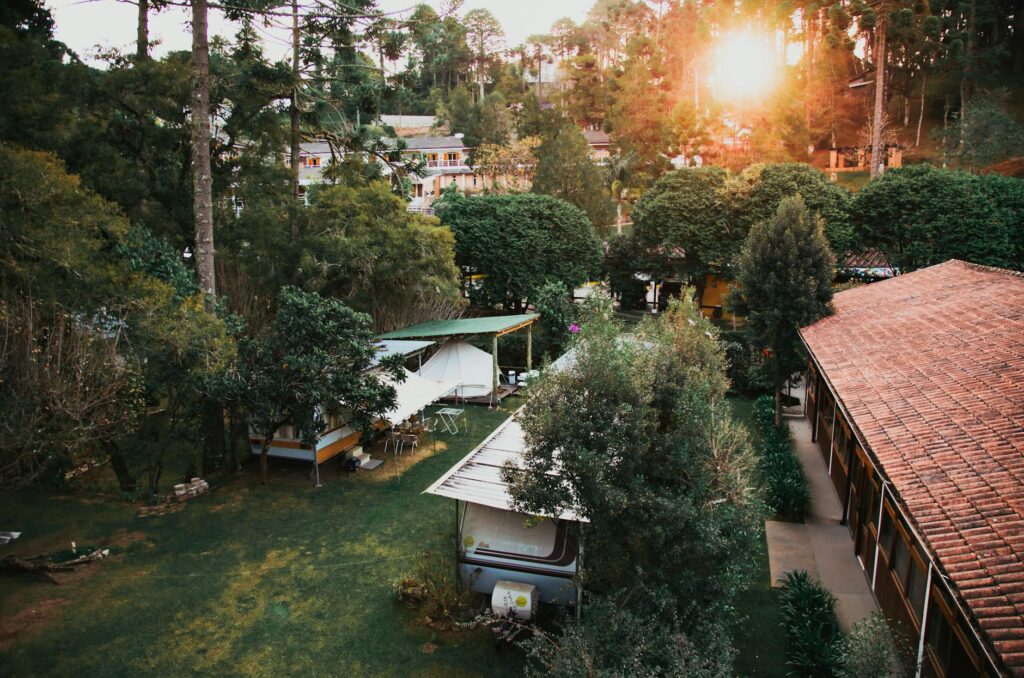
In today’s fast-paced, technology-driven world, homesteading has emerged as a beacon of freedom not just in America, but for people across the globe. Whether it’s a small balcony garden in Tokyo, a community allotment in London, or a sprawling homestead in the Australian outback, people worldwide are discovering that homesteading provides a multitude of paths to a freer, more self-directed existence. From urban centers to rural landscapes, individuals are increasingly drawn to this lifestyle, seeking a simpler, more intentional way of living.
Homesteading offers a universal language of self-reliance and connection to the earth, resonating with those yearning to reclaim the freedom of their time, resources, and daily rhythms. From food independence and energy autonomy to financial and personal freedom, here are the many ways that homesteaders pursue and practice their freedoms.
Food Independence
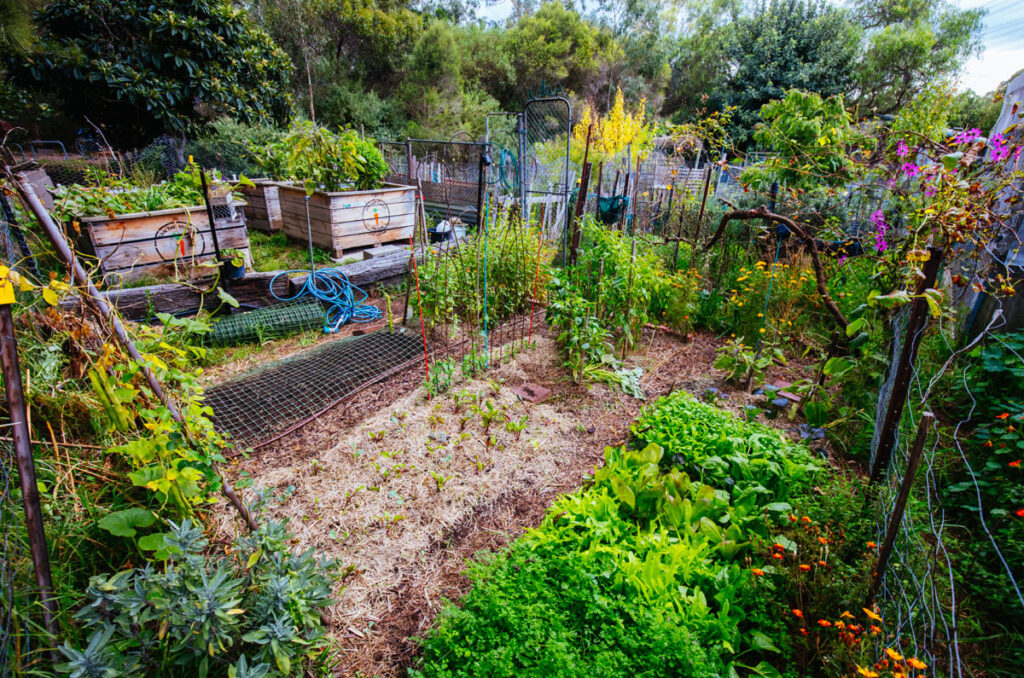
One of the most profound freedoms of homesteading is the opportunity for people to control their food supply. By growing their own fruits and vegetables, raising livestock, or keeping bees, homesteaders reduce their reliance on industrial agriculture. They control what goes into their food, giving them peace of mind over food safety and nutrition.
Growing food offers so many other freedoms! Here’s a list of freedoms I’ve found that we can all experience by growing food on our homesteads:
- Freedom from food insecurity: The ability to grow your own food provides independence from external food supply chains.
- Freedom of choice: You decide exactly what goes into your food, free from unwanted additives or pesticides.
- Freedom from market fluctuations: Growing your own food can protect you from rising food prices or shortages.
- Financial freedom: Reduced grocery bills can lead to more disposable income or savings.
- Freedom from stress: Working the land can offer an escape from our busy modern lives, and a chance to unload stress through meaningful work.
- Freedom to live and grow: There are always new things to learn and achieve when growing a garden or raising livestock.
- Freedom to experiment: Your land is your laboratory, allowing you to try new crops, techniques, and systems.
- Freedom from a 9-5 job: For some, growing food can provide an additional income stream or perhaps a new primary way to earn income for the homestead.
- Freedom of self-reliance: Developing diverse skills increases your ability to provide for yourself and reduce dependence on others.
- Freedom to connect: Growing food allows you to connect more deeply with nature, your community, and your family.
- Freedom to leave a legacy: By nurturing your land, you have the freedom to improve your property to provide for others in the future.
Growing food on your homestead is a liberating and independent act. And just as growing your own food liberates you from so many things, so does generating your own energy. We’ll next look at how integrating renewable energy sources can free you from reliance of external power sources.

Energy Autonomy
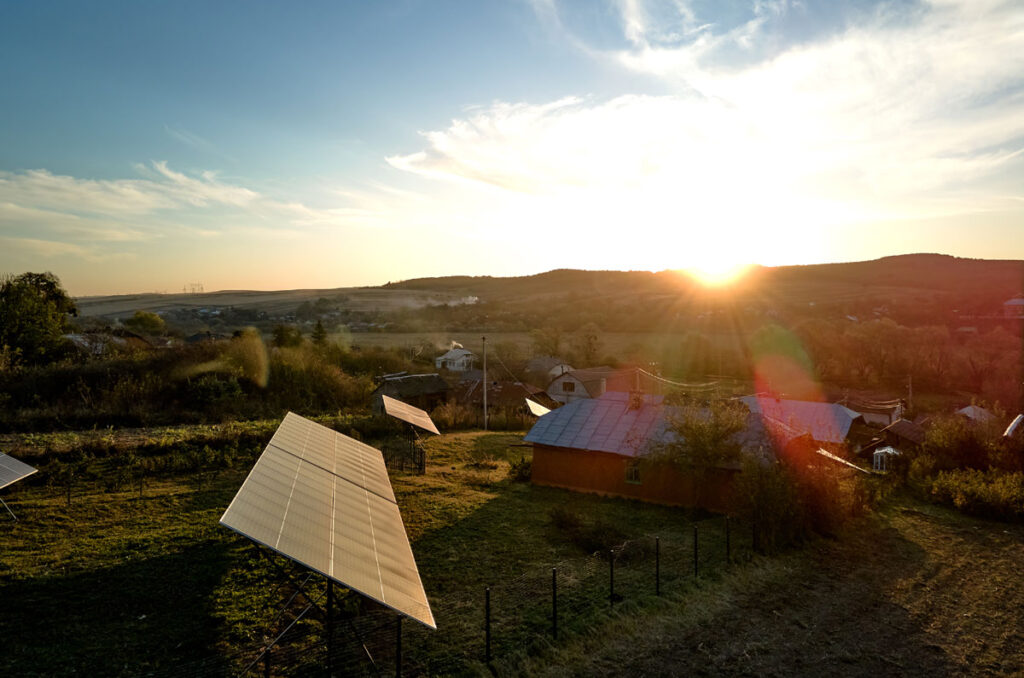
Many Modern Homesteaders are turning to renewable energy sources to provide freedom from the grid. With rolling blackouts, aging infrastructure, and an increasing number of catastrophic weather conditions, homesteaders are freeing themselves from these unreliable energy sources.
While solar power systems first come to mind for modern energy systems, there are several other types that homesteaders could use, depending on their unique homestead situation: wind, micro-hydropower, geothermal, biomass, or a combination of these. Any of these, once set up and applied, will provide freedom and autonomy in several ways.
A well set-up system can give you financial freedom by reducing or even eliminating energy bills. It will provide freedom to maintain energy on the homestead even if there’s a local power outage. It gives you the freedom to make energy choices that align with your personal values and ethics regarding the environment.
Energy autonomy not only empowers homesteaders with reliable and sustainable power, but it also lays the foundation for broader financial freedom. In the next section we’ll look at the many financial freedoms that homesteading has to offer.
Financial Freedom

While homesteading often requires an initial investment and ongoing effort, it can lead to significant cost savings over time as well as income opportunities. Here are several ways that homesteaders can pursue greater economic freedom.
Reduced Living Expenses
As mentioned earlier, growing your own food can reduce your grocery costs. Learning how to create your own fertilizers such as vermicomposting or cover crops, and using low-cost methods of pest control such as handpicking, companion planting, crop rotation, plus good garden maintenance can also lower your gardening costs. Eating fresh, preserving, or selling your homestead produce is an excellent way to free up finances and even create an additional income stream.
Good home maintenance practices such as cleaning air filters, using window shades, and sealing air leaks around windows and doors are all DIY skills that can increase energy efficiency on your homestead.
Read The Frugal 5 to learn more about freeing up finances by reducing your living expenses.
Increased Savings and Investments
By reducing your cost of living, and lowering or eliminating debt, more money can be used for savings or investments. Savings could be invested into the homestead, improving infrastructure, and increasing property value.
Income Generation
Many people have turned to homesteading specifically for income generation for financial freedom. Any homestead activity has the potential to create revenue. Two general types are the selling of goods and offering services. From selling eggs or produce, to fence building or brush-cutting services, homesteaders have the freedom to purse income opportunities of their choice.
Bartering and Trading
Engaging with your neighbors and community by bartering or trading goods and services can free up your finances for other uses. Plus, it’s a great way to build community resilience.
Minimalism and Simplified Living
Focusing on your needs instead of your wants reduces unnecessary spending on your homestead. Learning to repair instead of replace, build instead of buy, and create instead of consume will result in greater economic freedom.
Whether by reducing their dependency on external financial systems, or increasing their self-sufficiency through multiple income streams, homesteaders have an unlimited potential to create financial freedom.
By reducing financial burdens and embracing their self-reliance, homesteaders not only gain freedom to make choices aligned with their values but also experience profound shifts in their daily lives. Next, we’ll explore the many personal freedoms that homesteading offers.
Personal Freedom

Homesteading offers a unique path to personal freedom, empowering individuals to take control of fundamental aspects of their lives. Here are several ways this lifestyle provides personal freedom.
Freedom of Choice. Homesteading enables one to choose how to use their land, what to grow, and how to live according to their own values.
Health Freedom. Homesteaders are free to grow healthy foods and medicines, live an active lifestyle, and pursue meaningful work resulting in better overall well-being.
Time Freedom. Work and leisure can be scheduled according to personal preferences and seasonal rhythms.
Intellectual Freedom. There are always skills to be learned and problems to be solved on a homestead. Constant learning fosters personal growth and creativity, creating resiliency.
Environmental Freedom. Living closer to nature and its seasonal cycles gives a homesteader freedom to connect with their environment, learn from it, and care for it.
Social Freedom. Homesteaders create strong social bonds within their communities as they rely on each other through barter, trade, learning, and friendship.
Psychological Freedom. Living a simpler, homesteading life can reduce stress and increase a sense of purpose and accomplishment.
Freedom of Self-Reliance. Using the skills and knowledge needed to grow and build a homestead, homesteaders increase their independence and resilience.
Overall, homesteading offers the freedom to create a life aligned with one’s values, live closer to nature, and become more self-sufficient. It provides liberty to step away from societal norms and create a purposeful and meaningful lifestyle.
Conclusion
As we’ve explored the concept of freedom through this post it’s become apparent that freedom isn’t just some lofty idea, but something we can practice in our daily lives as homesteaders. From the Homestead Act of 1862 to today’s urban gardeners and off-grid enthusiasts, the spirit of independence through self-sufficiency continues to thrive in America.
Homesteading offers us the freedom to take control of our food supply, energy needs, and financial future. It provides an escape from consumerism, and a gentle path back to the land. In our high-tech, digitally connected world, it gives us place to reclaim our personal autonomy and self-reliance.
But the freedom of homesteading extends beyond our front gate. By sharing our knowledge, experiences, and harvests, we strengthen our communities and inspire others looking to follow our path. As Wendell Berry, farmer and philosopher once wrote, “The freedom of affluence opposes and contradicts the freedom of community life.” Homesteading offers a unique type of freedom – one rooted in self-reliance, yet enriched by community connections.
I encourage you to embrace the values of homesteading in whatever way fits your life. Start small, keep learning, and don’t be afraid to get your hands dirty. The path to freedom through homesteading is as diverse as the individuals who purse it.
Happy Homesteading!
Great article! I’m familiar with a lot of the freedoms that homesteading allows but did not know about the Federal Land Policy and Management Act of 1976. As a former land management employee, your information explained many of the things we were required to do and many of the laws and policies we had to follow. Thank you for a clear and easy to understand explanation of federal policy, which is often not clear nor easy to understand. 🙂